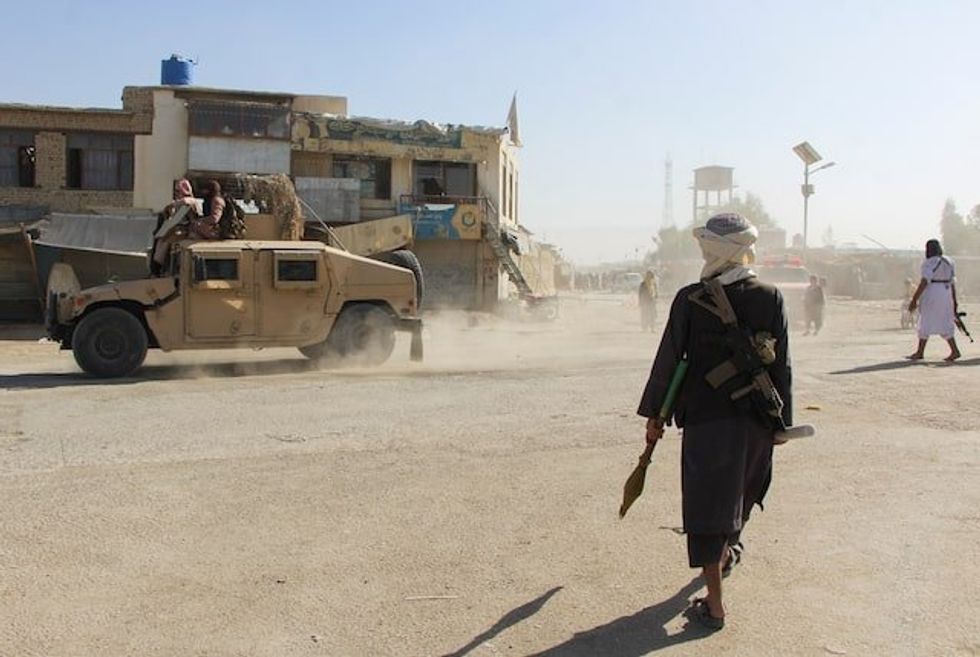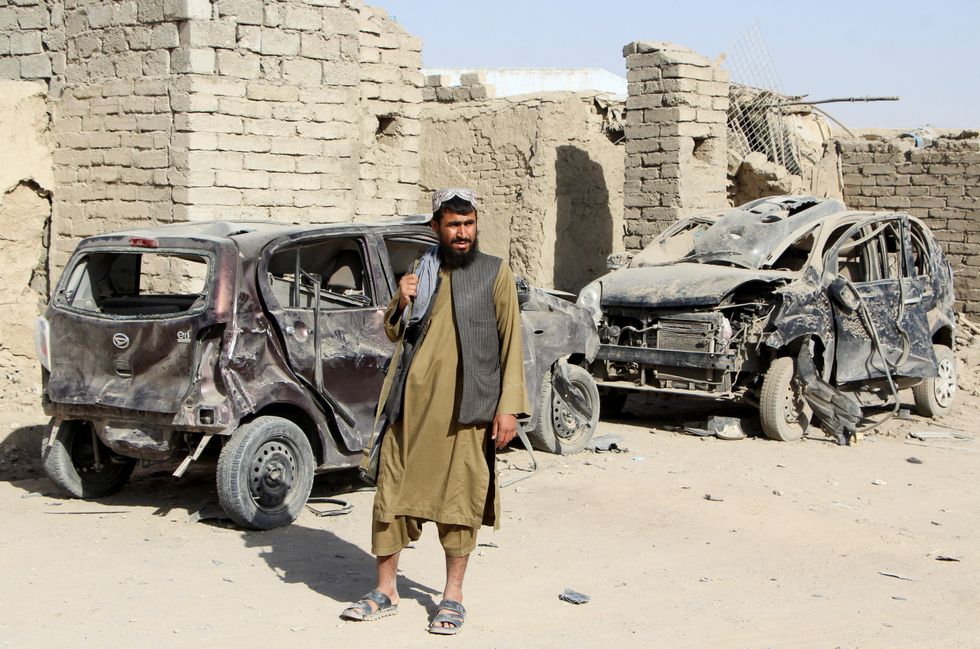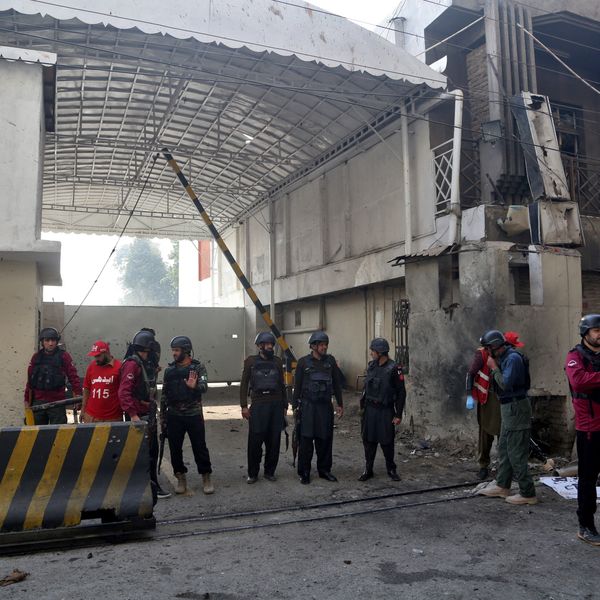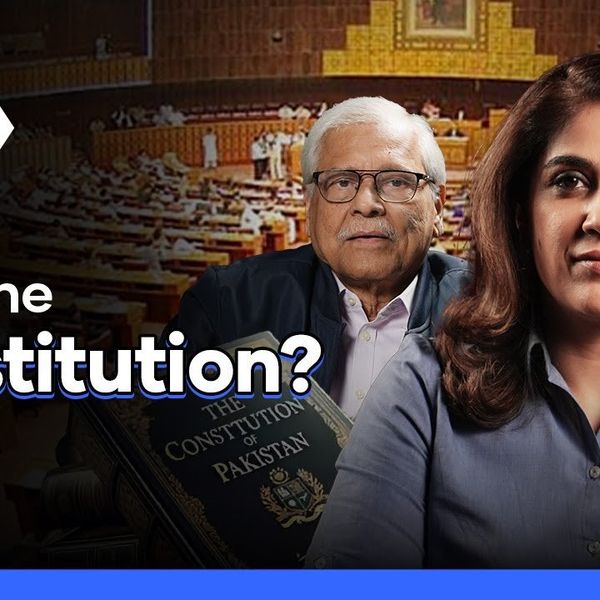What is the solution to Pakistan’s Afghan problem?
Analysts warn Pakistan’s pressure tactics on Kabul risk deeper instability as talks collapse over TTP issue

Zain Ul Abideen
Senior Producer
Zain Ul Abideen is an experienced digital journalist with over 12 years in the media industry, having held key editorial positions at top news organizations in Pakistan.

Pakistan today is navigating one of the most dangerous geopolitical moments in its recent history. Tensions with India are once again escalating, fueled by hostile rhetoric from New Delhi. At the same time, the western border with Afghanistan has turned increasingly volatile, with deadly clashes earlier this month leaving dozens dead on both sides.
The latest round of peace talks in Istanbul has reportedly collapsed without progress, with both sides firm on their positions. Defense Minister Khawaja Asif on Wednesday issued Pakistan’s sharpest warning yet to Kabul, saying any “adventurism” by the Afghan Taliban would be met with a “harsh and bitter response.”
Talks mediated by Turkey and Qatar failed to deliver what Islamabad wanted most: a written commitment that Afghan soil will not be used for attacks inside Pakistan.
The breakdown underscores a painful truth: Pakistan does not have a quick fix for its Afghan problem. But analysts say the country does have choices — and the first step is understanding what went wrong across decades of policy.
A crisis rooted in mistrust
The core strategic aim on both sides remains unchanged: security and sovereignty. Yet, as senior journalist Shamim Shahid notes, mistrust has defined Pakistan-Afghanistan relations since 1947.
“That distrust began the moment Afghanistan opposed Pakistan’s recognition at the United Nations,” he said. “From then until now, every major event — even the assassination of [former Pakistani prime minister] Liaquat Ali Khan — has been tied to Afghan suspicions of Pakistan or vice versa.”
The assassination of Liaquat Ali Khan in 1951 remains unsolved. The gunman, Sayyid Akbar Babrak — an ethnic Afghan — was immediately shot dead by police at the scene.
Various conspiracy theories emerged afterward, including allegations of foreign involvement, but no official investigation has ever reached a definitive conclusion.
One of the biggest drivers of friction remains the Durand Line — a border Afghanistan has historically rejected as artificial, while Pakistan insists it is legally settled and internationally recognized.

Yet Shahid argues that Pakistan has made its relationship with Afghanistan conditional on Kabul accepting Islamabad’s preferred political outcomes — a habit he believes has backfired.
“Our policy has failed again and again,” he said. “We supported one Afghan faction, then another — from Hekmatyar to the Taliban — but none remained our long-term ally. The mistake was interference itself.”
Instead of acknowledging the Afghan Taliban as the government in charge, Shahid says, Pakistan continues to view Kabul through a security-first lens, demanding obedience while simultaneously restricting refugees, trade, and cross-border movement.
“These measures create negative perceptions,” he said. “Ordinary Afghans now see Pakistan as unreliable. They found alternative trade routes and no longer consider Pakistan their second home.”
Why TTP is a deadlock issue
Where Shahid emphasizes political interference as the original sin, senior journalist Ihsanullah Tipu Mehsud focuses on the immediate crisis: the Tehreek-e-Taliban Pakistan (TTP).
“Pakistan sees TTP as threat number one,” he said. “Officials believe the Afghan Taliban are facilitating them — financially, logistically, even allowing suicide bombers to cross into Pakistan.”
Islamabad insists on a written security guarantee, with Turkey and Qatar as guarantors. But Mehsud warns it is naïve to expect the Taliban to treat TTP as adversaries.

“They view militant groups through an ideological lens — not a national one,” he said. “For them, there is no real distinction between Afghan and Pakistani Taliban.”
Mehsud draws a historical parallel: in 2001, the Taliban refused to hand over Osama bin Laden despite global pressure. Today, they refuse to move decisively against the TTP — not because they cannot, but because they will not.
Even if an agreement is signed, he said, implementation would require a miracle.
The danger of dual-border insecurity
Pakistan’s strategic nightmare is a hostile Afghanistan aligned with India. This concern — often reduced to “strategic depth” — is not entirely irrational. Delhi’s diplomatic footprint in Kabul expanded significantly during the Ashraf Ghani years.
But Mehsud says Islamabad must now abandon the notion that Afghanistan should always produce a government “friendly” to Pakistan.
“Treat Afghanistan like any other independent state — the way China, Iran, or Central Asian countries do,” he said. “National interest matters. Not emotions or fantasies of brotherhood.”
With India already a live security threat, Pakistan can ill afford a western front that resembles an active war zone.
A shift toward force — and why it may worsen the crisis
In Islamabad, there is a growing belief — particularly among security officials — that diplomacy has failed. Some now suggest operation-style action against TTP sanctuaries inside Afghanistan. Others raise the possibility of using anti-Taliban proxies, or even working toward regime change in Kabul.
Mehsud warns that this thinking is dangerous and historically proven to end badly: “When relations deteriorate to the point of confrontation, Pakistan has tried regime change before — and it fed long-term instability.”
Shamim Shahid agrees that turning the border hot again would be a costly strategic mistake.
“Pakistan already has fencing and strong border defenses,” he said. “There is no need for reckless statements that escalate tensions.”
What could be a sustainable solution?
If coercion is unlikely to compel Kabul’s cooperation, what can? The two journalists offer aligned prescriptions:
1. Recognize Afghanistan’s sovereignty — fully and publicly.
Shahid insists that mutual respect must be step one: “Accept each other’s independence — in domestic and foreign policy. Only then can trust be rebuilt.” This includes acknowledging: the Taliban run Afghanistan. Pakistan may dislike it, but denial is not a strategy.
2. End interference — and stop expecting compliance.
Pakistani policies toward Afghan factions have “failed without exception,” Shahid argues. Future policy must avoid repeating the cycle of cultivating proxies.
3. Use Pashtun channels for dialogue, not only state-to-state.
Shahid says the most effective negotiators are those rooted in border tribal structures — not bureaucrats unfamiliar with the region. He proposes a 20–25 member cross-party Pashtun jirga — including nationalist, religious and democratic leaders — empowered to engage the Taliban.
4. Normalize trade and people-to-people ties.
Trade restrictions push Afghanistan deeper into Iran, Central Asia and Turkey — undermining Pakistan’s leverage and economy. Reversing mass deportations and easing trade corridors can restore goodwill and rebuild influence.
5. Maintain diplomacy on TTP — but prepare alternatives.
Mehsud believes the U.S. — despite strained ties — is the only actor with intelligence capability to help neutralize cross-border threats. China has tried to mediate, he said, but has little real sway over the Taliban. Qatar has influence — but influence is not control.
The path forward: stability over triumphalism
Pakistan celebrated when the Taliban returned to power in 2021 — assuming strategic victory. Today, the same Taliban represent one of Pakistan’s gravest threats.
That is not just irony. It is a policy failure.
Pakistan’s choice now is stark:
Pursue stability through slow, patient diplomacy and economic integration — or risk a permanent two-front crisis that the country’s economy and politics are ill-equipped to withstand.
Neither Islamabad nor Kabul benefits from the conflict. The Taliban’s rule is already precarious. Pakistan’s security challenges are multiplying. The region’s economic future hinges on connectivity, not confrontation.
The real answer to Pakistan’s Afghan problem is not dominance, nor revenge. It is mutual security, mutual respect, and mutual restraint.
After decades of repeating the same mistakes, Pakistan still has time to choose a different path.










Comments
See what people are discussing